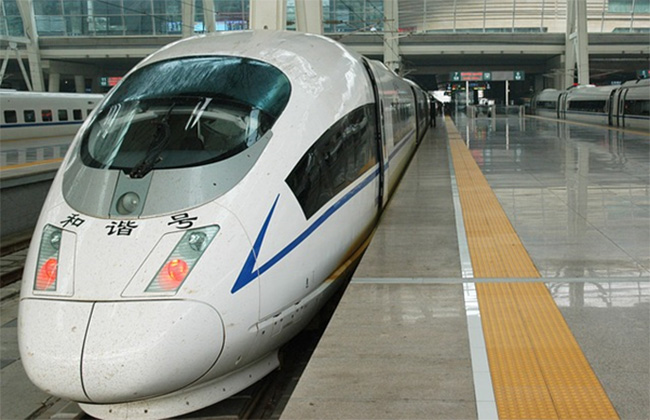What will your commute look like over the next few years? While a lot of time is dedicated to discussing the technological advances in the automotive industry, public transportation has become increasingly efficient as well. Smart features including GSM network communication, travel apps, and mobile ticketing are already available, while nuclear-powered trains are in the works. Train travel in particular could be the way of the future, to reduce congestion on the road. Here are a few high-tech features that could ease the pain of commuting.

1. Digital payments
Many major cities are phasing out the dreaded ticket queues that can add time to the rush hour commute. In London, subway passengers can now use their credit or debit cards to pay with a wave of the hand, using contactless payment sensors. It’s expected that mobile phones will take over this role in many cities, allowing passengers to pay for subways, trains, and bus journeys using smartphone apps.
2. Alternative power sources
Electric trains are becoming more efficient than ever. Regenerative braking systems can use a train’s kinetic energy while slowing down and convert it back into electrical energy to be used in other trains or nearby buildings. Yet it’s not only electricity that could fuel the trains of the future. Russian Railways is currently working on a nuclear-powered train, which would be able to supply energy using an on-board reactor. The Shanghai Transrapid uses a system of electronic sensors and a magnetic field to propel its high-speed train between the city and the airport at 430kph. The train essentially glides just above the track on this magnetic field, using less energy in the process. Japan is working on something similar to carry passengers between Tokyo and Nagoya at speeds of 500kph.
3. Real-time travel updates
In addition to more efficient, faster forms of energy, public transportation is now easily accessible using travel apps. The Yarra Trams in Melbourne feature a tramTRACKER app, for example, which provides passengers with real-time travel updates and information regarding delays. Commuters that don’t have access to the app can view this information on digital display screens as well. Radio technology like the GSMR with Nokia Networks is also used on high-speed train lines to allow train drivers to communicate in real time with one another, keeping trains on schedule and operating at a higher safety standard.
4. Route optimisation software
Poor weight distribution is a major cause of railway accidents. Software that is able to better predict and distribute the weight of moving trains provides an even, efficient, and ultimately safer travel experience. Route optimisation software is capable of measuring the route’s grades, speed limits, and curves to optimise accelerating and braking and lowering fuel costs.
Money-saving software, time-saving apps, and more efficient forms of energy are just a few of the ways in which technology is changing public transportation. If you could hop aboard for a faster and more efficient train journey that you can pay for with a swipe of your mobile phone, would you ditch the car?
